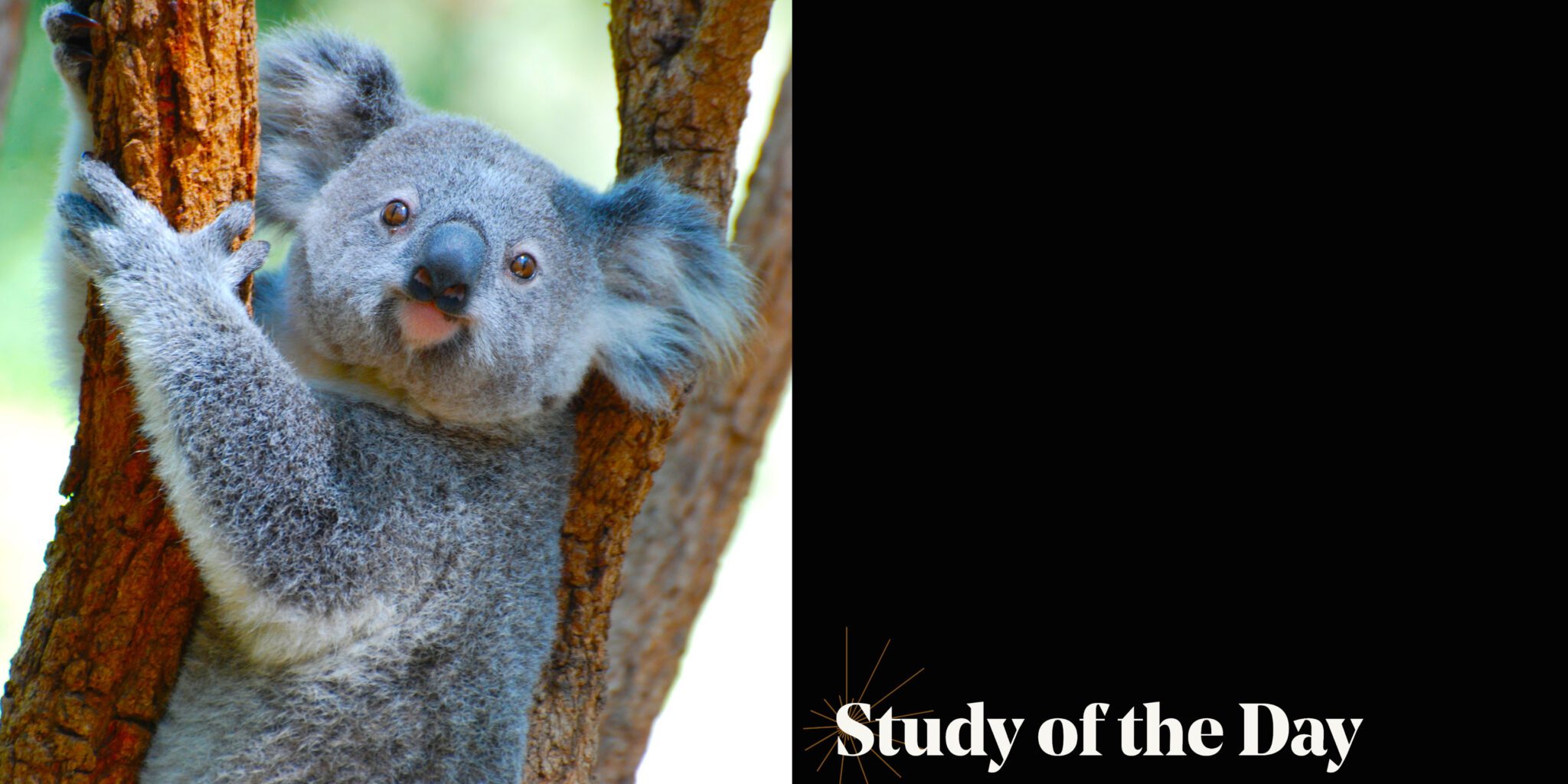In our Study of the Day feature series, we highlight a research publication related to a John Templeton Foundation-supported project, connecting the fascinating and unique research we fund to important conversations happening around the world.
Laline Paull’s debut novel The Bees tells the story of Flora 717, a sanitation worker who develops a gift atypical for her station — the ability to reproduce. As she navigates the strict hierarchy of her colony, where only the queen is allowed progeny, Flora observes (and kicks against) the physical and social architecture of the hive. The Bees fits into a long literary tradition of anthropomorphism, attributing human thoughts and insights to animals. But it also provides an invitation to its readers to see the world in a more bee-like manner, inviting empathy with a kind of creature very unlike ourselves.
Human indifference to the lives of animals is often framed as a matter of selfish narrow-mindedness, with humans willing to consider animals’ experiences only when it doesn’t get in the way of our desires. An article published earlier this year in the Journal of Social Psychology suggests that this is indeed true — but only in specific contexts. It turns out when people aren’t forced to choose between empathizing with a human or an animal, they actually found empathizing with animals to be easier (in terms of cognitive load) than empathizing with humans.
In designing their studies, social psychologists at Penn State selected koalas as an example animal because they are non-domesticated animals that the human research subjects were unlikely to think of as a potential food source. Their first study focused on an either-or situation: the human subjects had to choose between an empathy task regarding another human or one regarding a koala. The result: people chose to empathize with people over koalas.
The second and third parts of the study, though, made empathy itself optional: the koalas and humans were kept separate and participants were asked to choose between tasks requiring empathy or objective detachment. The results: when it comes to koalas, participants didn’t have a strong preference for empathy versus objectivity. But for humans, participants actually avoided empathy. Across those studies, the authors found that the participants rated empathy for humans as more costly than empathy for animals: “Removing zero-sum presentation,” the authors write, “made empathy for animals seem easier and people opted to choose it more.”
From West African trickster tales and Aesop’s Fables to Orwell’s Animal Farm and The Bees, anthropomorphic stories have always used their animal protagonists to deliver human insights, strengthened in part by the fact that, in the right situation, it can be easier to see the world through an animal’s eyes than through another person’s.
Still Curious?
Read the full article: Empathic choices for animals versus humans: the role of choice context and perceived cost
Learn more about lead author Daryl Cameron
